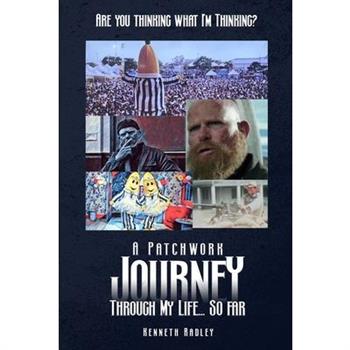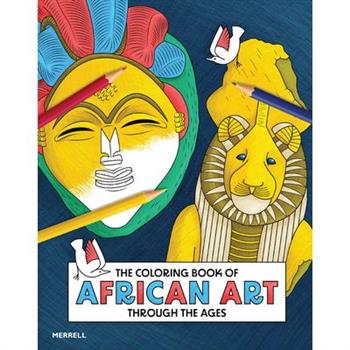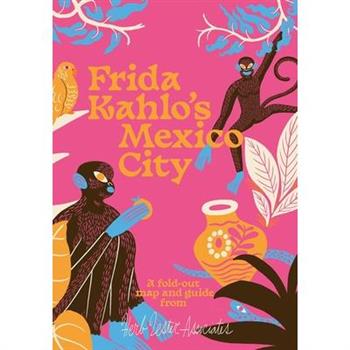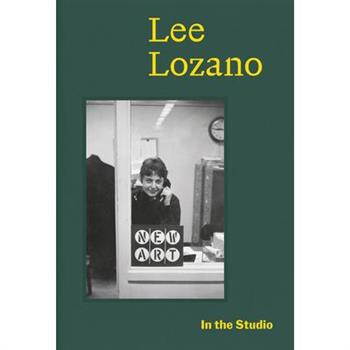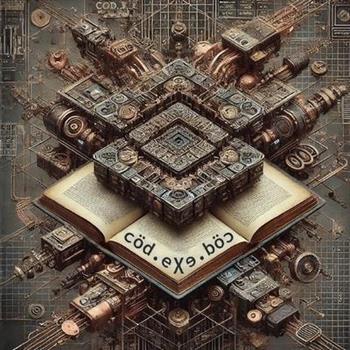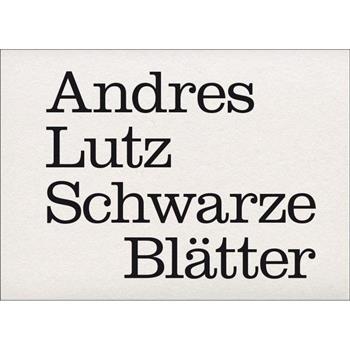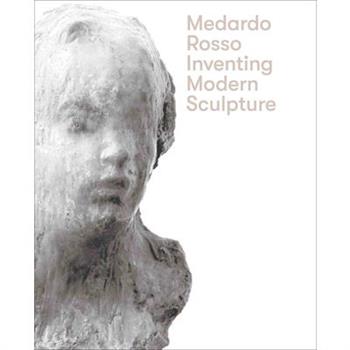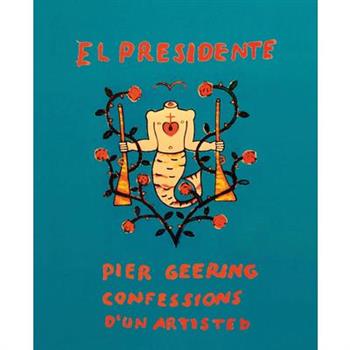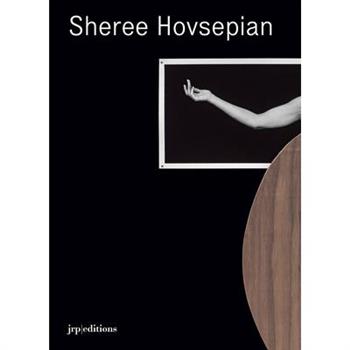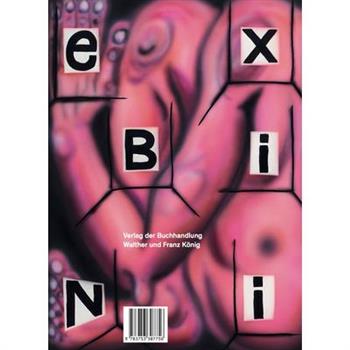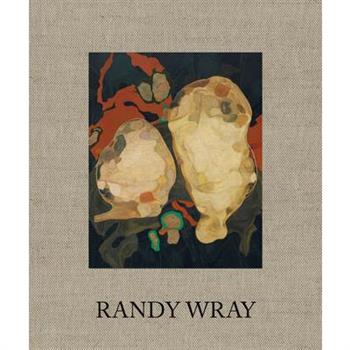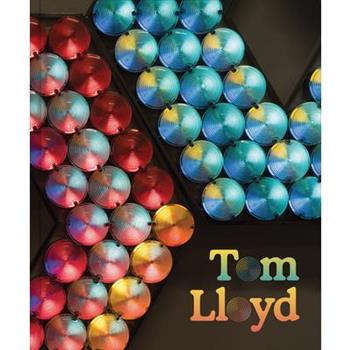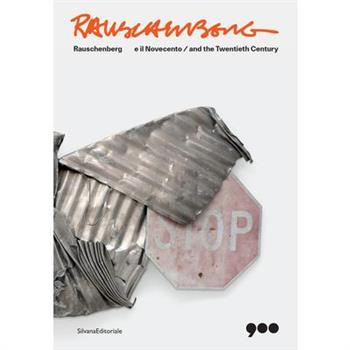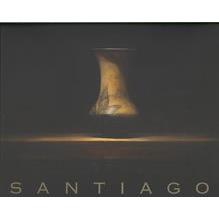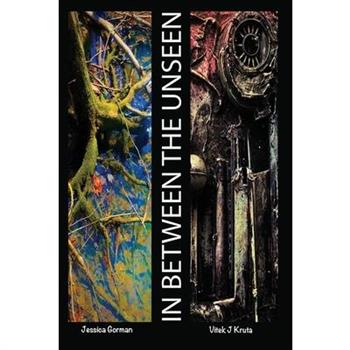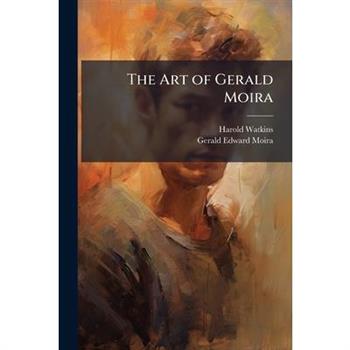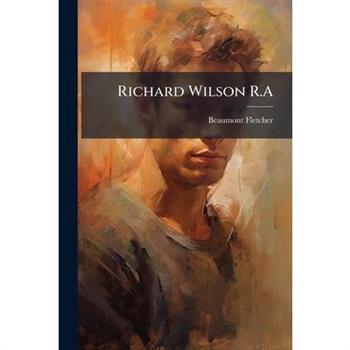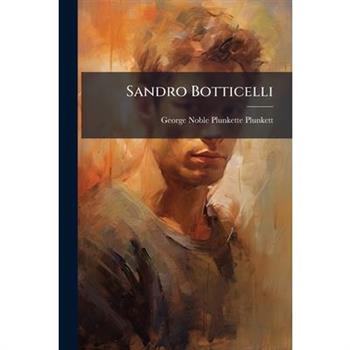Frida Kahlo's Mexico City
Frida Kahlo's haunting art often explores two subjects: the first, her turbulent relationship with Communist muralist Diego Rivera; the second is her home country, Mexico. Aside from stints in the United States and Europe, she spent most of her life in the Blue House in Coyoacan, a leafy neighbourhood in the south of Mexico City. It was here she was born, learned to paint while recovering from a traumatic accident, lived on and off with Diego and died, aged just 47, leaving behind 200 works that weave together Surrealism, fantasy and folklore. In this guide we chart Kahlo's time in this vast metropolis, from childhood to death, taking in life-altering events such as a tram accident that left her bedridden for years, to her first glimpse of Diego. Through 35 entries, we gain insight into Kahlo's life and work and the inspiration she found in the city of her birth.
Adam Pendleton: An Abstraction
New abstract works by Adam Pendleton that expand the language of Black Dada, both visually and spatiallyThrough his dynamic paintings and text-based works, Black Dada pioneer Adam Pendleton (born 1984) continually focuses on the intersection between Blackness, abstraction and the avant-garde. An Abstraction is both a document and an evolution of Pendleton's first solo show at Pace's New York gallery in 10 years, epitomizing his "[fight] for the right to exist in and through abstraction." Comprised of 12 paintings and 13 drawings from the artist's Black Dada and Untitled (Days) bodies of work, hanging within a monumental, site-specific architecture consisting of five black triangular forms, An Abstraction reorders the gallery into new, unexpected spaces. Each new work also features a typographic letter from the phrase "Black Dada," thus creating a new pictorial language for the movement.
Sheree Hovsepian
Exploring the process and materiality of photography through subjective and textural interpretations of the figureIranian American artist Sheree Hovsepian's (born 1974) practice highlights the physicality of photography and its relationship to the human body. She employs ceramic, string, nylon and velvet alongside printed images in her assemblages to compose a sense of the framed physical body. Coaxed into sculptural forms, layered with tactile materials and assembled into larger compositions, her work oscillates between object and image, creating an embodied experience of the photographic document. As the artist states in her conversation with Charlotte Cotton, "I am interested in creating a narrative between the materials and the objects I choose to photograph. Many of the components of the collage allow me to work with my hands, which is a very satisfying practice and permits me to put in the hours to physically understand its material language." This monograph presents Hovsepian's photographs, ink drawings, photograms, assemblages and sculptures, collected for the first time in a publication.
Julia Chiang
Chiang's meditative process creates detailed paintings with intricate webs of forms and vibrant ceramics fluctuating between fragility and strength New York-based artist Julia Chiang (born 1978) is known for her paintings and ceramics, which use abstract compositions and organic forms to evoke a connection to the vastness of the universe. Her bulbous ceramics transport us through their sensual shapes and her organic imagery borrows from the physical--medical scans, internal body liquids and environments--as well as the psychological. A sense of connectivity, of the body in nature and the environment that surrounds us, has always been part of the artist's approach and is fundamental to her work. "I'm always interested in our bodies as vessels, what we contain and what we cannot. All that comes out of us, all that is within us," says Chiang. This first monograph on Chiang presents her work from the late 1990s to the present and features an essay by Eugenie Tsai, writer and former senior curator at the Brooklyn Museum.
Tom Lloyd
A milestone publication shedding light on the groundbreaking contributions of an under-recognized artist whose art and activism resonates in contemporary culturePublished with Studio Museum in Harlem. Collaborating with an engineer at the Radio Corporation of America, American artist Tom Lloyd developed a highly experimental and technologically advanced art practice in the 1960s that challenged popular understandings of the work and role of Black artists. In 1968 his pioneering artwork was the focus of the inaugural exhibition at the Studio Museum in Harlem, Electronic Refractions II.Based on extensive new scholarship and intensive conservation work, this publication accompanies a landmark retrospective exhibition at the Studio Museum in Harlem exploring 20 years of the artist's career, including his pivotal contributions to the intersection of art and technology, and paying tribute to his activism. This is the first-ever comprehensive catalog on the artist and features an exclusive selection of never-before-seen images that chronicle Lloyd's career, including photographs of the artist collaborating with engineer Alan Sussman, nonextant works and past installations.Designed by Miko McGinty and richly illustrated with full-color reproductions of artworks, studio photographs and an illustrated chronology, Tom Lloyd also includes new essays by former Studio Museum curator Connie H. Choi, conservator Reinhard Bek, historian Krista Thompson, Studio Museum senior curatorial assistant Habiba Hopson, and artists Paul Stephen Benjamin, Nikita Gale and Glenn Ligon.Artist, activist and community organizer Tom Lloyd (1929-96) was an early pioneer of using electric light as an artistic medium. Born and raised in Jamaica, Queens, he was the founder of the Store Front Museum/Paul Robeson Theatre, Queens's first art museum.
Rauschenberg and the Twentieth Century
Reappraising Rauschenberg across the 20th century, with a particular focus on his relationship to Italy and its most salient artistic movements Italy has always been entwined with the work of Robert Rauschenberg (1925-2008)--from his first visit at the age of 26 to his capturing of the International Grand Prize in Painting at the 1964 Venice Biennale. He continued to reference the country in his oeuvre, whether through found objects and scrap metal picked up in Venice and Naples or through more metaphorical references such as his Bellini print series. In celebration of the centenary of his birth, the Museo del Novecento staged an exhibition to an artist who without hyperbole can be considered one of the 20th century's most revolutionary artists. This bilingual English/Italian catalog interweaves his tireless decades-long experimentation--across sculpture, painting, assemblage, installation and more--with the movements that shaped his philosophy, from Futurism to Arte Povera.
Scenes from the Passion
A monograpgh dedicated to the leading German Reformation artist, Lucas Cranach, who was one of the most influential northern Renaissance printmakers. His Passion series has drama and pathos rivalling his contemporary D羹rer. The leading artist of the German Reformation, and close collaborator of Martin Luther, Lucas Cranach was one of the most influential and prolific printmakers of the northern Renaissance. His spare and eloquent images of the Passion series, begun in 1509, are among his finest creations; they have a drama and pathos that rival the work of his exact contemporary D羹rer.
Collecting Cinema, Rewriting Film History
The history of cinema would not have been possible without the contribution of collectors. Whether through their pioneering collecting work or their passionate defense of forgotten parts of the world's film production, collectors have had a lasting influence on both the field and the methods of moving image history. This book is the result of a renewed dialogue between international film scholars, collectors, filmmakers, curators and archivists. It aims to reveal forgotten and overlooked aspects of cinema history and its historiography by revaluing and exploring the practices of these passionate individuals whose contributions to the history and epistemology of cinema are undeniable. From the specific studies of collection and practice, to interviews with collectors and artists, the reader will find in this book various ways of thinking about the relation between collecting cinema and rewriting film history.
The Heart of A Lioness
​Can you imagine fleeing your country, and crossing borders to a strange land? As the lioness in this story, I left my warm habitat due to the civil war in Sudan. I encountered insurmountable obstacles as I grappled with social isolation and cultural adjustment in the new country. As a tropical being, the lioness couldn't tolerate the frigid climate and excruciating loneliness in Canada. As a result, I hopped on a plane, again. This memoir will inform those who are facing the unknown how to navigate roadblocks.​
The Heart of A Lioness
​Can you imagine fleeing your country, and crossing borders to a strange land? As the lioness in this story, I left my warm habitat due to the civil war in Sudan. I encountered insurmountable obstacles as I grappled with social isolation and cultural adjustment in the new country. As a tropical being, the lioness couldn't tolerate the frigid climate and excruciating loneliness in Canada. As a result, I hopped on a plane, again. This memoir will inform those who are facing the unknown how to navigate roadblocks.​
Drawing Influences
Step into a world where power meets personality, and every line tells a story.In Drawing Influence, acclaimed caricature artist Robin Schwartzman brings to life a vibrant gallery of the 21st century's most iconic figures-from politicians and pop stars to cultural disruptors and headline-makers. With her signature blend of bold exaggeration and sharp insight, Schwartzman doesn't just draw faces-she captures character, charisma, and the quirks that make public figures unforgettable.Whether it's the mischievous sparkle in a celebrity's eye or the weight of history in a political leader's posture, each page bursts with narrative and nuance. This is caricature elevated to commentary-art that speaks, teases, and occasionally stings.Whether you're an art lover, a political junkie, or a pop culture enthusiast, Drawing Influence is a striking collection that will make you laugh, think, and look again.Perfect for fans of editorial cartooning, contemporary portraiture, and anyone who believes a great face tells a great story."It's not just art. It's magic!"- Steve Sack, Pulitzer Prize Winner, Star Tribune"A breath of fresh air in its unique vision and stunning sophistication."- Tom Richmond, MAD Magazine, Reuben Award Winner"Each page is a celebration of character... wonderfully imperfect faces that make us all human."- Stephen Silver, Character Designer, Kim Possible, Danny Phantom
Ashmolean Now 4: Daphne Wright
The fourth installment of the Ashmolean Now series focuses on sculptures by Irish artist Daphne Wright. Conceived with the Hugh Lane Gallery, Dublin, the exhibition features several new works in plaster which consider the tradition of still lifes and respond to the sculptures in the Ashmolean's Cast Gallery collection. Artist Daphne Wright is fascinated with the collections of the Ashmolean Museum and the history of seeing they present. Her latest project grows out of a lifetime's engagement with this theme. Much of Wright's existing body of work is steeped in a deep understanding of the iconography and history of Western art, as represented in the Ashmolean's extensive collection. This book establishes connections to the Ashmolean's rich collection of 17th century Dutch Still Life paintings. These genre paintings portray a range of subjects from arrangements of flowers to fruit, fish and game. Sometimes the paintings include a symbolic reference to the transience of life, in the form of fruit that has begun to rot or flowers that are losing petals. In Fridge Still Life, the exposed body of a fridge, containing upon its shelves a raw chicken and bundle of asparagus, is topped with a vase of wilting tulips. This is a contemporary re-telling of a still life painting, with its various familiar elements, such as a brace of hanging pheasants, a bowl of fruit and a vase of blooms, with can connote status or vanitas. Wright has explored the transitory nature of life throughout her practice. In previous work, Wright has used plants and animals, with their shorter life spans, to stand in for the human. Wright's work also resonates strongly with the Ashmolean's extensive and celebrated cast collection. Prominent amongst the plaster casts of Greek and Roman sculptures are the gods and heroes of Homeric legend. These idealized images of men still form the basis of our ideas of masculinity today. With Sons on Couch Wright is seeking to capture the elusive moment of transition into manhood. The athletic figures in the cast court may have been updated to social media influencers, but the pressure young men face today to achieve a perceived ideal body type remain the same.
Ouija
Tapping into a growing interest in American culture with the occult and new spiritualism, this book is the first scholarly work devoted entirely to the unique place of Ouija in American culture.On the one hand, Ouija has at different moments in history pointed to a deep fascination and openness with the supernatural in the American psyche. On the other hand, Ouija resides squarely outside of orthodox religious belief, and, as we shall see, garners suspicion and even outright rejection from various Christian traditions especially. Thus this cardboard doorway to the supernatural continues to reflect some of the most interesting paradoxes in American life.Bringing together an international team of scholars, this book shows that what qualifies as religious remains an open question, and how Americans continue to grapple with what practices lie within and without the traditions they inherit and pass on.
Tokidoki 2026 Wall Calendar (Includes Stickers)
Add the magical spirit of tokidoki to any room, with the tokidoki(TM) 2026 Wall Calendar, designed by tokidoki's founder Simone Legno. This tokidoki(TM) 2026 Wall Calendar features exclusive designs and promises to be as collectible and unique as Simone Legno's other creations. Tokidoki-- Japanese for "sometimes"--inspires fans around the globe with its larger-than-life characters and wonderfully playful aesthetic. Now every month becomes an opportunity to dream something magical, hopeful, and new. 12 exclusive images personally designed by tokidoki's founder Simone Legno Stickers! Bonus spread for September-December 2025 Generous grids for adding appointments and reminders Includes major official world holidays Opens to 12 inches x 24 inches




